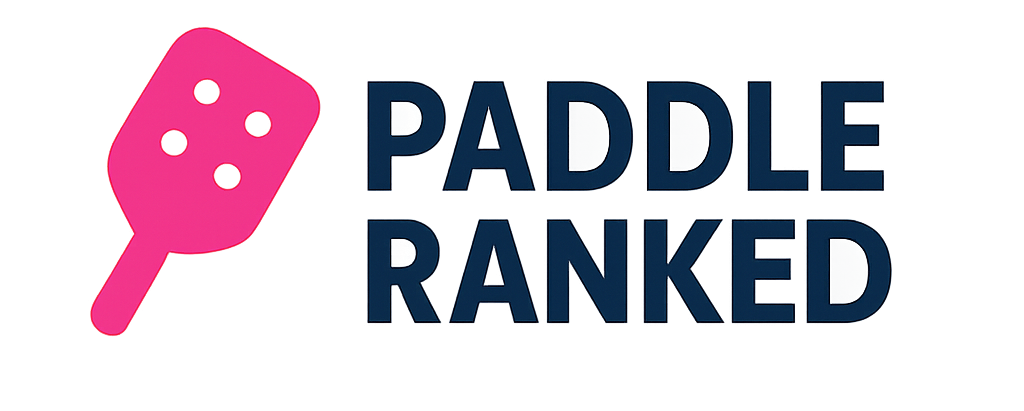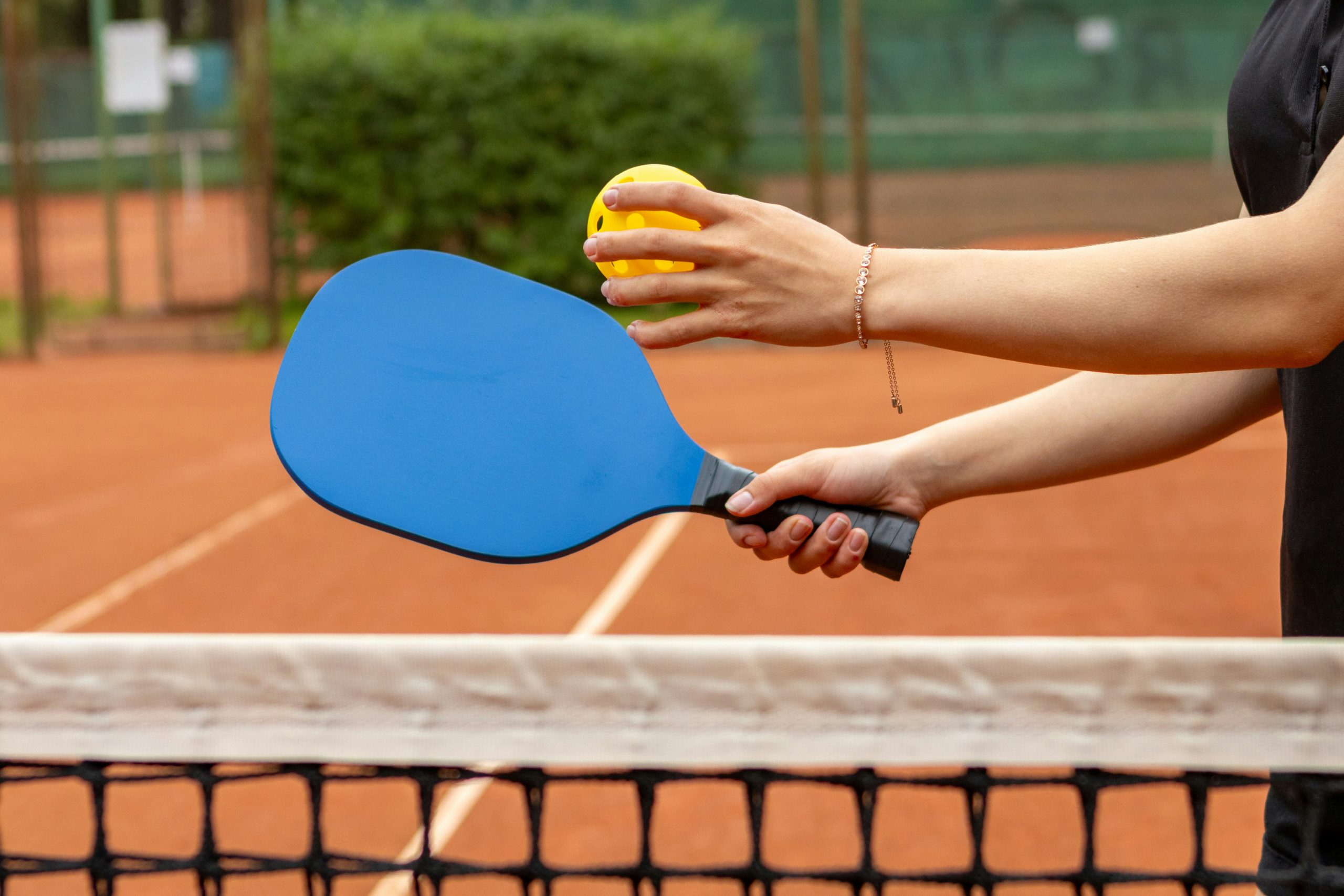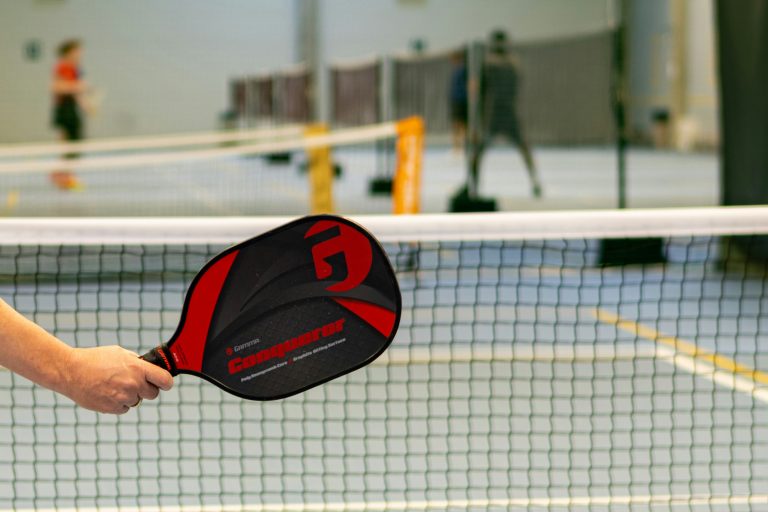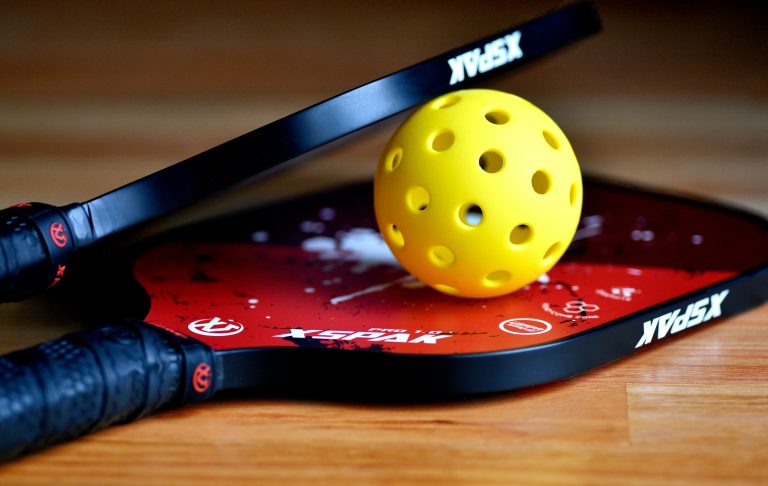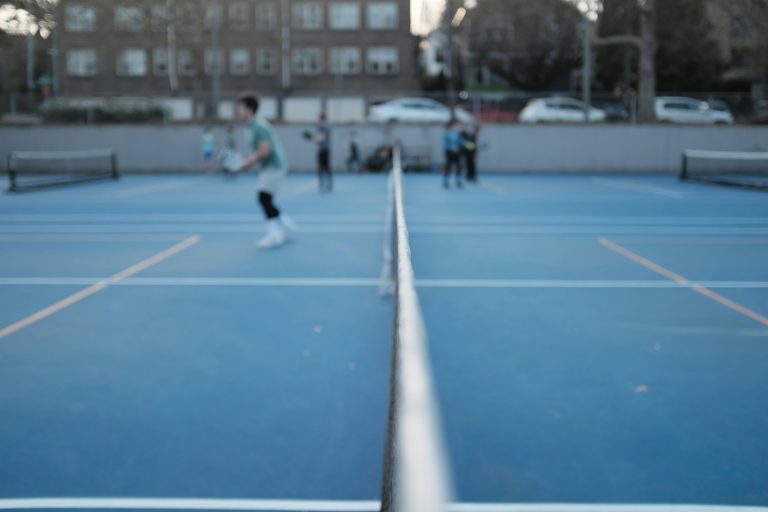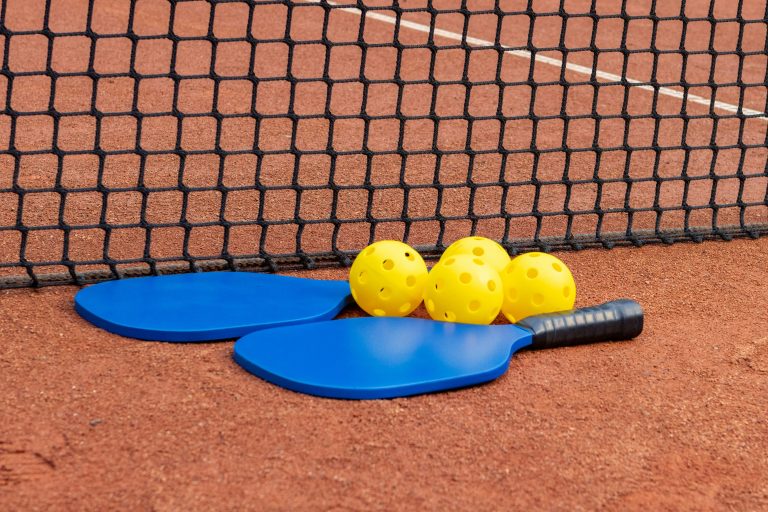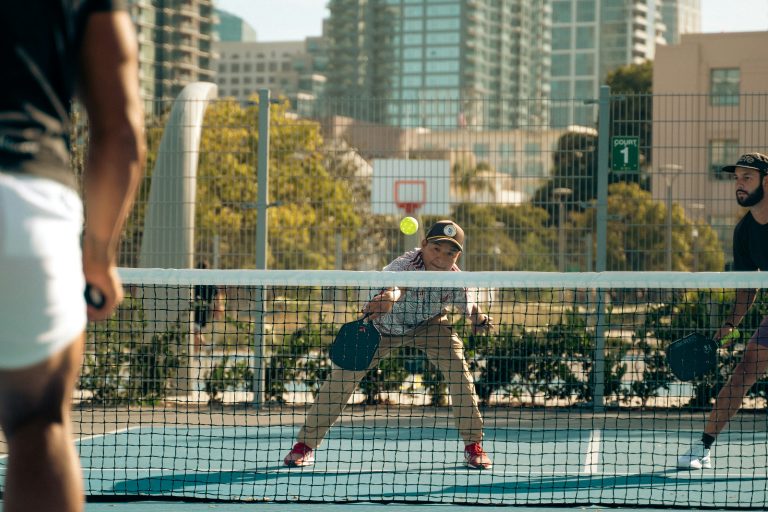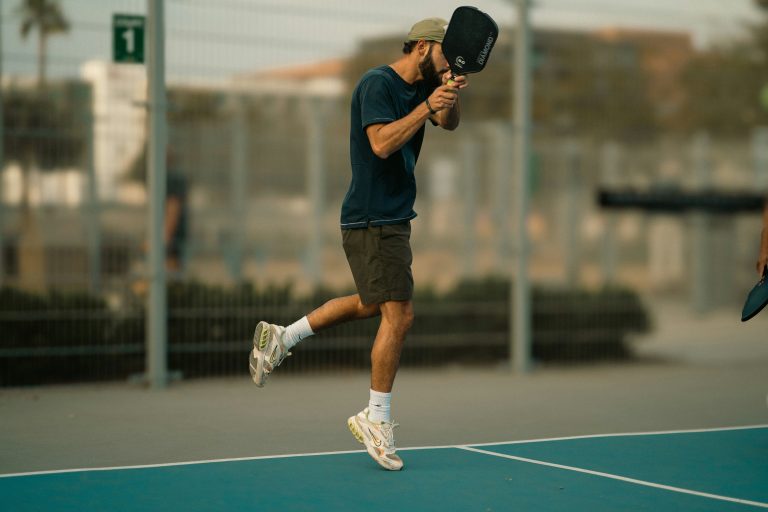Pickleball Paddle Weight Guide (2025): Light vs Midweight vs Heavy Explained
Updated July 2025
How much does paddle weight really matter? More than you think.
If you’ve ever wondered why your paddle feels sluggish at the net or why your third shot drive lacks punch, it might come down to one simple factor: weight.
Pickleball paddle weight affects everything from your control and power to your fatigue levels and swing speed. Yet most beginners (and even some intermediates) overlook it. This guide breaks down paddle weight classes, explains how weight changes your game, and helps you choose the right range for your style.
Why Paddle Weight Matters
Weight influences how a paddle feels in your hand, and more importantly, how it performs on court.
- Control: Lighter paddles offer better maneuverability, especially for net play and dinking.
- Power: Heavier paddles provide more drive on shots with less effort.
- Swing Speed: Lighter = faster hands, quicker reactions.
- Fatigue: Heavy paddles may strain wrists and arms over long matches.
If you’re upgrading or feel like your shots aren’t landing where they should, your paddle’s weight might be the reason.
Pickleball Paddle Weight Categories Explained
Lightweight Paddles (7.0–7.5 oz)
- ✅ Easier to maneuver for quick volleys and resets
- ✅ Lower impact on joints (great for seniors or injury-prone players)
- ✅ Ideal for control-focused play
- ❌ Can lack power, especially on drives
Who it’s for: Doubles players, seniors, players recovering from elbow/wrist injuries, or anyone who prioritizes soft hands
Midweight Paddles (7.6–8.4 oz)
- ✅ Most balanced option for power and control
- ✅ Ideal for all-around players
- ✅ Reduces fatigue without sacrificing pop
Who it’s for: Most players. If you’re unsure, start here.
Heavyweight Paddles (8.5 oz+)
- ✅ Maximum power with minimal swing effort
- ✅ Great for driving the ball deep
- ❌ More demanding on joints and arms
- ❌ Less control at the kitchen or in fast exchanges
Who it’s for: Singles players, aggressive hitters, or anyone who wants to maximize power on their groundstrokes.
Paddle Weight Chart (By Brand/Popular Models)
|
Pickleball Paddle |
Weight (oz) |
Category |
|
7.3 oz |
Lightweight | |
|
7.6 oz |
Middleweight | |
|
8.5 oz |
Heavyweight |
Which Paddle Weight Is Best for You?
|
Player Type |
Best Option |
|
Middleweight | |
|
Senior / Injury Prone |
Lightweight |
|
Power Hitter |
Heavyweight |
|
Defensive Player |
Lightweight |
|
Aggressive Singles Player |
Heavyweight |
If you’re not sure, we recommend starting with a middleweight pickleball paddle. It’s the most versatile and gives you a sense of both ends of the spectrum.
Comparing Light vs Heavy Paddles
Lightweight
- Faster reaction time
- Better for dinks and resets
- Less tiring on the wrist
Heavyweight
- Easier power on drives
- Better for singles play
- Can feel sluggish at the net
Midweight is often the happy medium for most players.
Final Thoughts: Weight Isn’t Everything, But It’s a Big Start
Paddle weight sets the foundation for how your pickleball paddle behaves, but it’s not the only factor.
Surface material (like carbon fiber or fiberglass), core thickness, shape, and grip all play big roles too. Still, dialing in your ideal paddle weight is one of the best first moves you can make to level up your game.
👉 Need control? Check out our top rated paddles for control »
👉 Just getting started? See our beginner paddle picks »
👉 Want more spin? Explore the best spin paddles here »
Still can’t choose? Try our Paddle Fit Quiz & get personalized picks in under a minute
FAQs — Pickleball Paddle Weight Explained
What is the best pickleball paddle weight for most players?
How does paddle weight affect my pickleball game?
Weight directly impacts your swing speed, shot power, and joint comfort. Heavier paddles generate more power but may cause fatigue or arm strain, while lighter paddles improve quickness but can reduce power and stability.
Is a heavier pickleball paddle better for power?
Yes, heavy paddles (8.4 oz and up) deliver more natural power on drives and smashes. However, they require more strength and can lead to wrist or shoulder fatigue, especially during long games or tournaments.
Are lighter paddles easier on the joints?
Absolutely. Lightweight paddles (7.3 oz and under) reduce stress on the shoulder and elbow, making them a great choice for players with injuries, seniors, or those recovering from tennis elbow. Just keep in mind they may require more effort to generate power.
What’s the difference between lightweight and midweight paddles?
Lightweight paddles are typically faster and easier to maneuver at the net, while midweight paddles offer more balanced control and power. Midweights are the most popular for a reason—they’re versatile enough for most playstyles.
Is paddle weight the same as swing weight?
No. Paddle weight refers to the physical ounces on a scale, while swing weight measures how heavy a paddle feels when swinging. A head-heavy paddle may feel heavier in motion, even if it weighs less overall.
Does paddle shape affect weight balance?
Yes. Elongated paddles often feel more head-heavy, which can increase swing weight and make them harder to control. Standard and widebody paddles usually offer a more neutral balance that’s easier on the joints.
How do I know if my paddle is too heavy?
If you experience fatigue, slower reaction times, or joint discomfort after playing, your paddle may be too heavy. Try switching to a midweight or lightweight paddle and notice if your comfort and control improve.
Do pros use heavy or light pickleball paddles?
It depends on their style. Many pros use midweight or slightly heavy paddles (8.2–8.5 oz) for added power and stability. However, advanced players also look for paddles with optimized swing weight and balance, not just static weight.
Should beginners start with a light paddle?
Not necessarily. A midweight paddle is often best for beginners, it gives enough control to learn proper technique, but still offers power when needed. Extremely light paddles can feel unstable and lead to poor habits.
